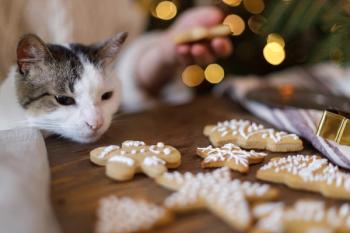
Cardiac glycoside-containing plants poisonous to equine
In a dvm360® interview, an associate professor of large animal internal medicine outlined plants to bear in mind that can pose a threat to horses.
In a dvm360® interview, Sandy Taylor, DVM, PhD, DACVIM-LAIM, associate professor of large animal internal medicine at Purdue University College of Veterinary Medicine, detailed the characteristics of cardiac glycoside-containing plants that are toxic to horses. In addition, she described each plant's mechanism of action.
View the video below for the entire discussion. The following is a partial transcript.
Sandy Taylor, DVM, PhD, DACVIM-LAIM: I think the most common of these cardiac glycoside-containing plants that can poison horses is Oleander. And this is a very colorful, beautiful ornamental shrub that's really common in the Western US. In fact, it lines [Interstate] 5, so it's along the median of [Interstate] 5, which is the major north-south freeway in the west...Most people do not have those plants near their pasture, but they can certainly blow into a pasture after a windstorm and cause a problem because very little needs to be eaten for a horse to get sick.
Newsletter
From exam room tips to practice management insights, get trusted veterinary news delivered straight to your inbox—subscribe to dvm360.





